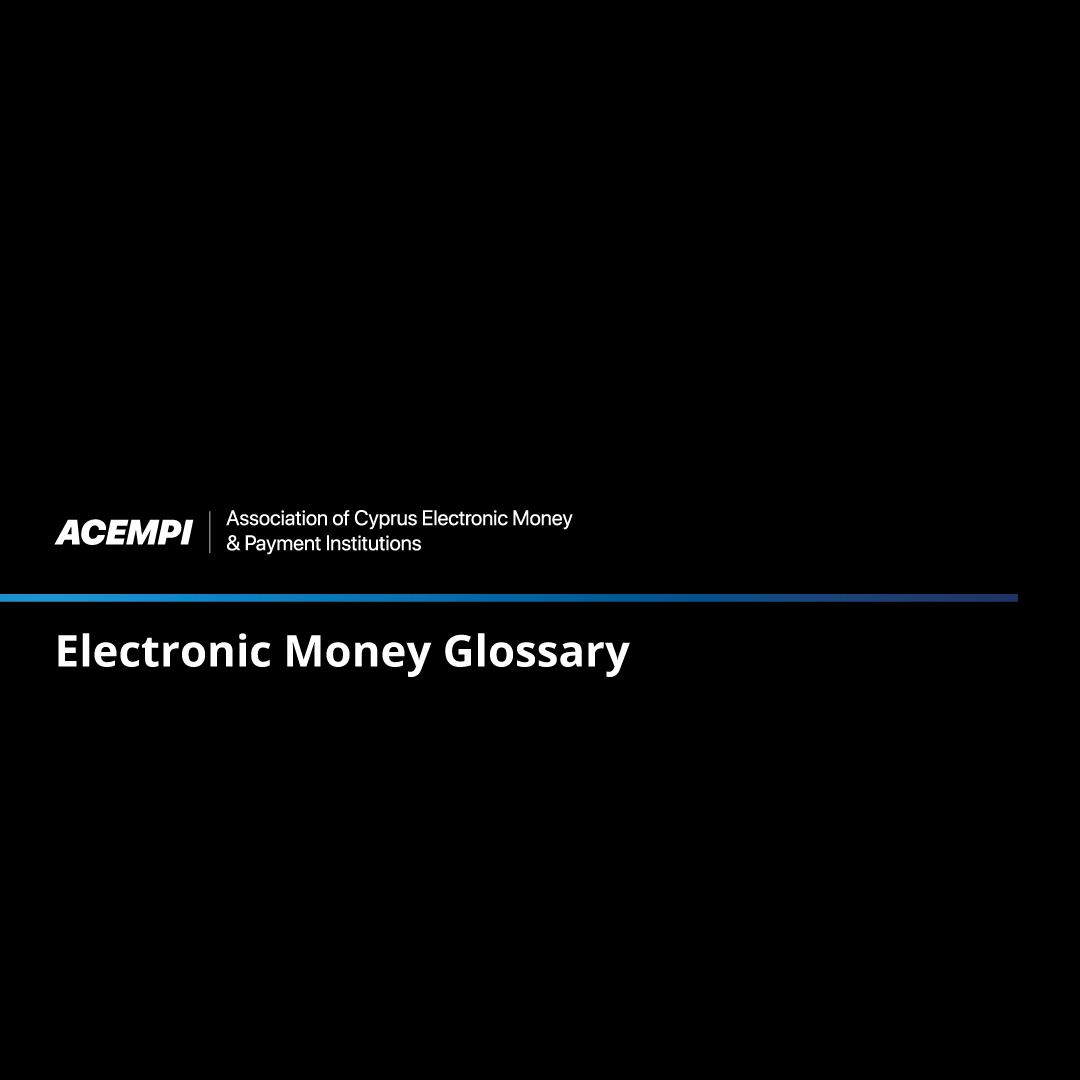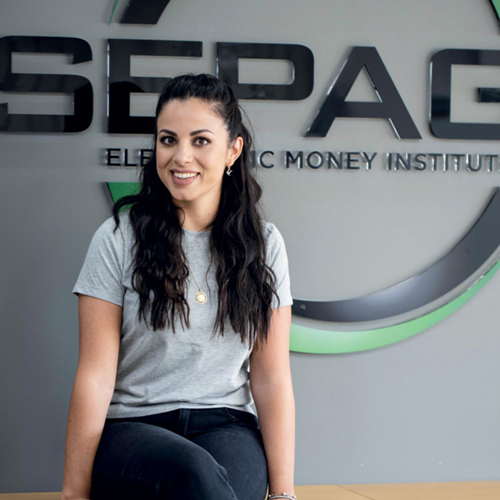Gregory Dellas, Chief Compliance and Innovation Officer at ECOMMBX, discusses how the growing complexity of user expectations will lead to further industry fragmentation and points to agility as the key to keeping up with the ever-changing zeitgeist of consumer behaviour.
The payments industry is extremely fragmented -there are more players than ever and it would appear that the breakneck pace of innovation has accelerated this fragmentation. Why is it so challenging to harmonize the industry and do you see a way for the industry to defragment itself?
The industry is, indeed, fragmented but, from the consumers’ perspective, that is not necessarily a bad thing. In fact, this fragmentation offers consumers a greater choice of solutions, a better or even smoother customer journey and even reduced costs. Also, the specialisation of certain players could accelerate the pace of innovation. That, coupled with the increasing complexity of regulation, has narrowed some of the gaps that have been appearing in the payments industry, while at the same tme creating new ones, especially since data is shared among several players, which makes it more vulnerable to exploitation. It is difficult to harmonise the industry because end users’ expectations have also become more complex and, at the same time, more specific, creating an appetite for even more players to enter the market – with further fragmentation. Is this sustainable in the longer term? Probably not. I believe that this explosion in innovation is driven by a need to secure a piece of the payments .industry pie. But, eventually, fragmentation will reach a peak and will no longer be sustainable. At that point, convergence through collaboration will be inevitable, and not all players will survive this process. However, innovation is bound to continue, and we will be see ing more traditional players – like banks, for example – struggling even more to keep up, given their legacy systems and the scattered, even unreliable, data.
The pandemic has reinforced major shifts in payments behaviour: cash is no longer king, migration from in-store to e-commerce has increased and instant payments have become more widespread, among others. So, which of the shifts observed in the past two years do you think will be permanent? Are consumers likely to revert to their old habits at all?
The last couple of years have accelerated the inevitable shift towards the “easier” and more accessible digital or omni-channels, which was expected and welcomed, especially by the younger generations. However, the pandemic imposed this change on everyone and now even the older or more change-resistant generations have recognised and learned to appreciate the benefits of seamless services. Older consumers also seem to enjoy and value the interactivity that is available through these channels, which involve one-on-one exchanges of information between themselves and their providers that lead to a better understanding of ther needs and the delivery of tailor-made products or services. Consumers are now not quite as worried about sharing their personal data over the Internet and are more willing to engage with a chatbot rather than a human being. As this seems to be the trend, I be lieve that these shifts will to a large extent be permanent. This would also explain the increased investment flows into digitalisation and innovation around fast-changing consumer needs in a fast-moving envronment.
With so many new entrants each year, payment industry players will need to find ways to stand out. In the never-ending search for differentiation, what specialised services or products do you see emerging within the industry?
I believe traditional banks will need to get their act together soon. On the local level, we know that digitalisation or digital transformation in the Cyprus banking sector started almost a decade ago. However, the banks’ main focus appears to be on saving costs – which is understandable – rather than on the customer experience or the customer journey, which could potentially increase revenues. In fact, that is what ultimately makes electronic money and payment institutions more attractive, as their priority is the end user’s experience without compromising on compliance with all current regulations, of course. Customers are changing and so is their transactional behaviour. To keep up with change, agility is key. Agility is one of the main characteristics of fintechs like electronic money and payment institutions, and their main competitive advantage.
Although banks may be late to the party, they are already adapting to the new reality. Do you see them presenting a serious threat to the industry?
The discussion about the drawbacks of PSD2 is quite a big one. The most important drawback is that the requirements for smaller EMls or start-ups, which Sepaga used to be, are costly. Implementing and maintaining them requires quite a large investment. Bigger EMls and banks with excessive budgets can easily comply but not everyone can and legislation and directives should consider and accommodate everyone. Moreover, PSD2 implementation in online businesses, which EMls are, is quite complex and can lead to even more complex business solutions and models. All this complexity costs not only money but also time – specifically man-hours from specialists – which, at the end of the day, reduces efficiency and increases fixed costs. Hopefully, with the upgrade of PSD2 to PSD3, these issues will be addressed and consideration will be made of the implementation of restrictions and necessities by smaller organisations, and not only large, well-established traditional banks.
While the PSD2 Directive was introduced to stimulate growth and competitiveness in the industry, there are already plans to upgrade it (PSD3). What are the main drawbacks of the present situation and how should PSD3 correct them?
The introduction of PSD2 aimed at fostering innovation in payments and enforcing regulations that would increase competition and security in payment services. To a large extent, that has been achieved and is evident in the rapid rate at which new products and services are being developed for the benefit of consumers. The issues related to the implementation of PSD2 should not be seen as drawbacks. Any proposed upgrade (be it PSD3 or something else) should be seen as an opportunity to further encourage innovation, reinforce security in payments, and ensure even greater transparency in the wider financial services industry. All these upgrades will ultimately benefit the consumer. It is an opportunity to resolve issues with API standards and performance KPls, to improve strong customer authentication (SCA) methods, enhance dispute processes, and address the concept of open data and data protection while fortifying fraud prevention. And finally, any upgrade could regulate the inevitable defragmentation process and gradually level the playing field.
How will KYC and transaction monitoring software evolve in the post-pandemic era?
History has proven that technology needs to evolve at the same rate as, or faster than, other developments around us, which inevitably affect the very essence and purpose of technology itself. Today, in the post-pandemic era, we have access to tools that offer us a substitute for the actual physical documents otherwise required, and thereby allow us to streamline the on boarding process. Onboarding needs to be smart in the sense that it provides customers with easy access to a choice of convenient options and a smooth and enjoyable customer journey, without sacrificing compliance. Effective transaction monitoring software should run in the background, enabling the efficient flow of healthy transactions, while identifying irregularities that call for further checks and investigations. Such investigations are now more fruitful than ever before, given the arsenal of tools of varying levels of sophistication that investigators have at their disposal. Having said that, technology has not yet developed to the point of being able to think for us and take decisions on our behalf; after all, technology is driven by humans, so to date, it is designed to replicate specific thought processes. The purpose of technology is not to replace us but to guide us and help us think in the right direction.
What’s next for ECOMMBX?
ECOMMBX is a fast-moving, continually developing and flexible organisation. We set out to build an amazing product, boasting a unique blend of cutting-edge technology and personal service. At the same time, the development of a multitude of options, in terms of the specialised technology around us, allows us to pick the best compliance tools to ensure that our business remains compliant and safe. That, in turn, enables our customers to perform their transactions with the greatest speed and security, while at the same time benefitting from our user-friendly services to maximise their efficiency and performance, and ultimately their profitability.












